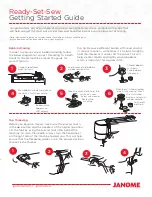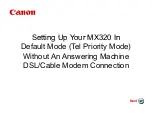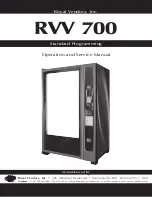Reviews:
No comments
Related manuals for HZL-80 series

C30
Brand: Janome Pages: 4

C30
Brand: Janome Pages: 52

KX-FPG175
Brand: Panasonic Pages: 2

KING COBRA 1200 PRO
Brand: U.S. Products Pages: 56

COBRA-300H
Brand: U.S. Products Pages: 8

MX320
Brand: Canon Pages: 16

Embroidery Professional BMP8
Brand: Baby Lock Pages: 11

RVV 700
Brand: Royal Vendors Pages: 76

DocuBind P100
Brand: GBC Pages: 1

111W106
Brand: Singer Pages: 12

SP-15
Brand: Koblenz Pages: 8

56382452
Brand: Nilfisk-Advance Pages: 28

500 CLUB
Brand: ELNA Pages: 31

KXTG9345 - HANDSET
Brand: Panasonic Pages: 2

VE-GD25TA
Brand: Panasonic Pages: 4

KXTG2258S - 2.4 GHZ DIGITAL CDL
Brand: Panasonic Pages: 3

KXTG9348 - EXPANDABLE DIGITAL CORDLESS ANS SYS
Brand: Panasonic Pages: 4

KX-TS620B
Brand: Panasonic Pages: 14

















